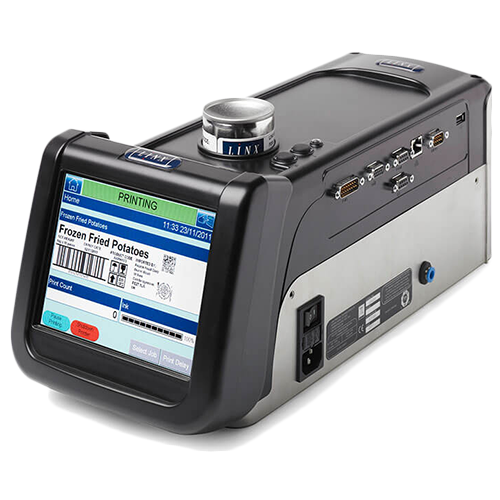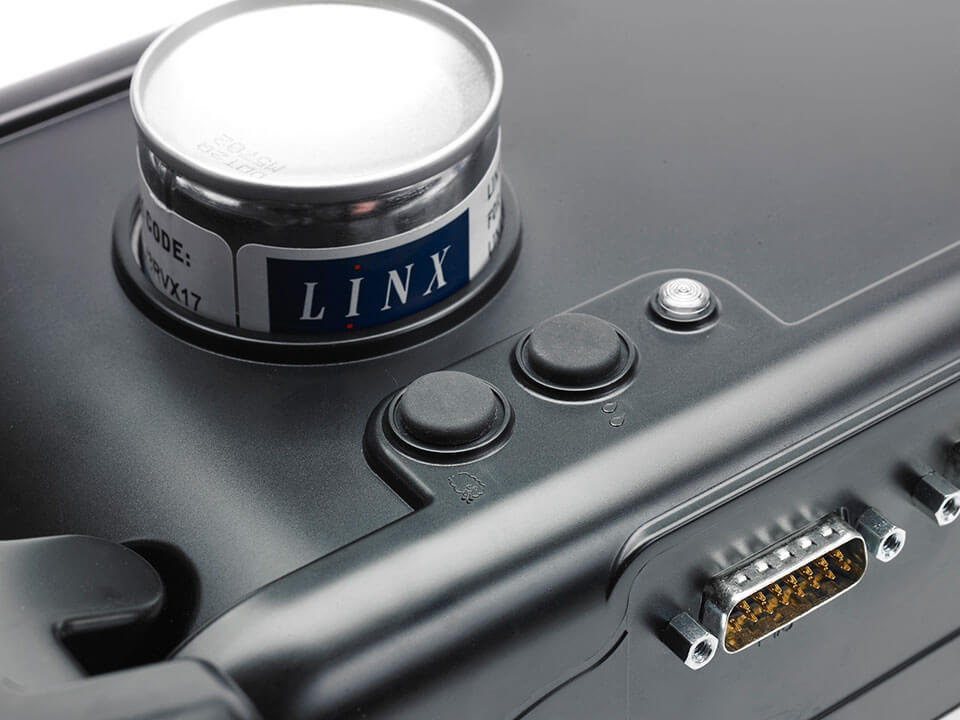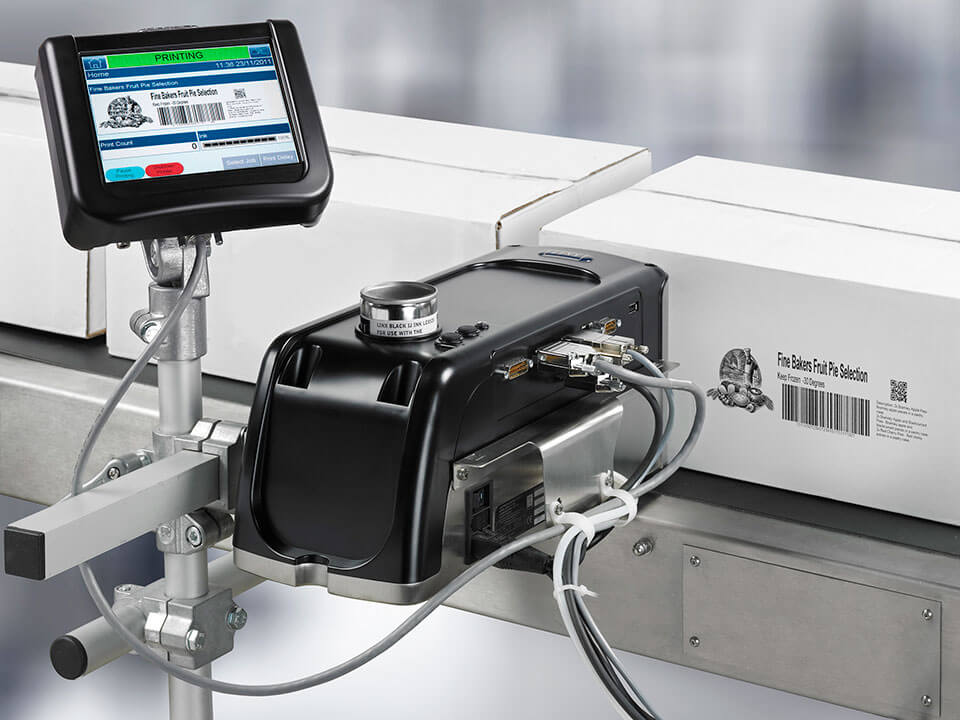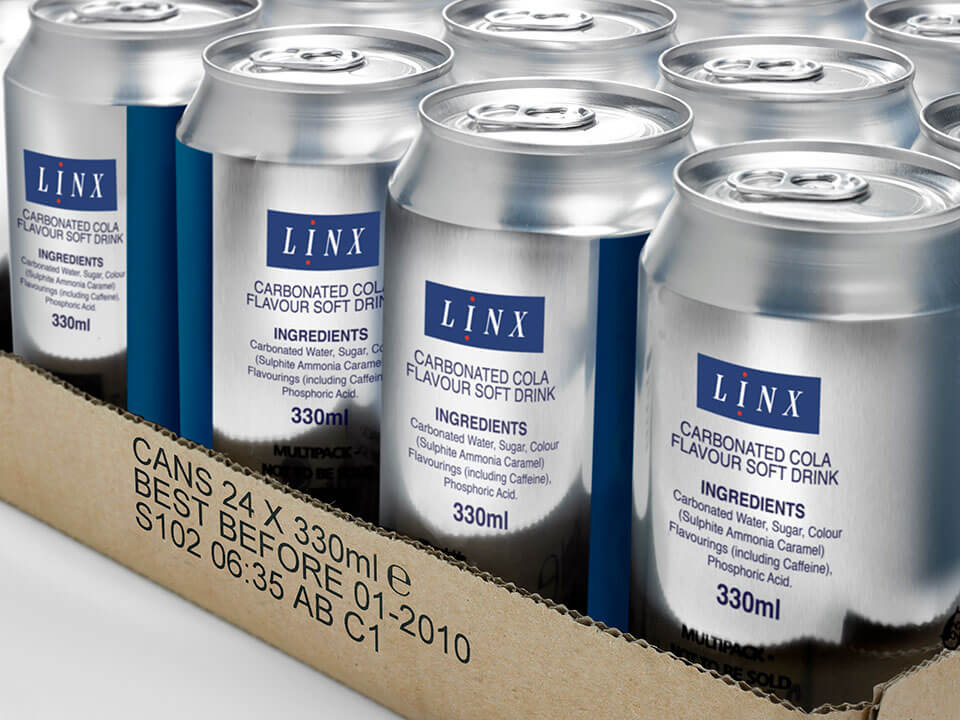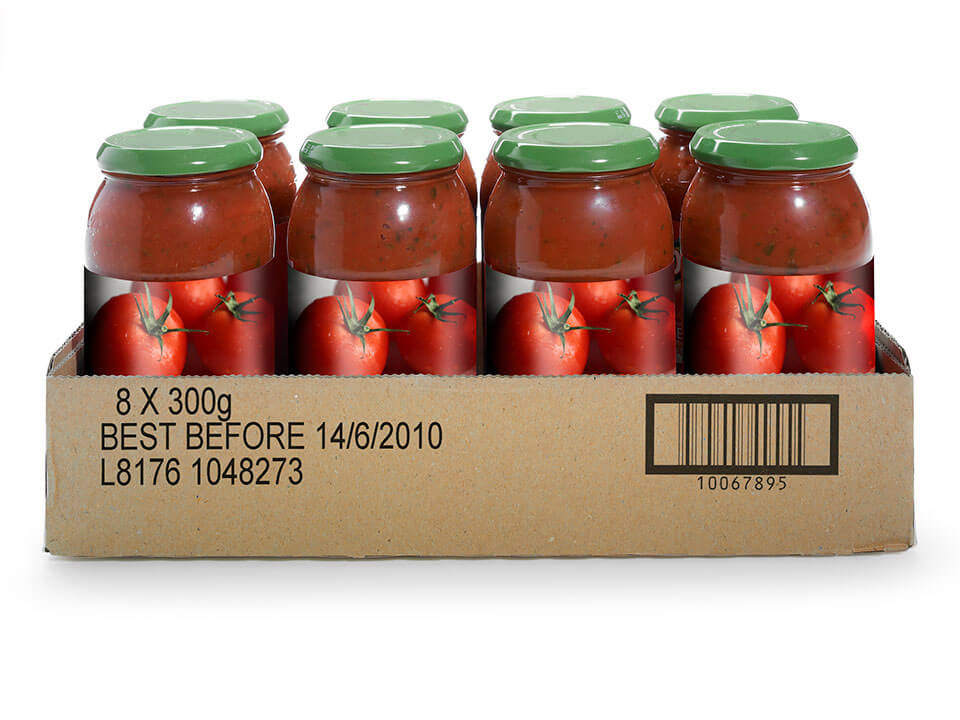Description
Linx IJ375 large character case coding machines offer a cost-effective alternative to labels and preprinted boxes. They can print text, logos, and graphics up to 2.76 inches (IJ375) high onto porous substrates such as paper, card, and wood.
If you’d like more information, you can speak to one of Factronics’s experienced Applications Specialists to learn how we can provide the perfect large character coding solution for your specific application with Linx printers.

